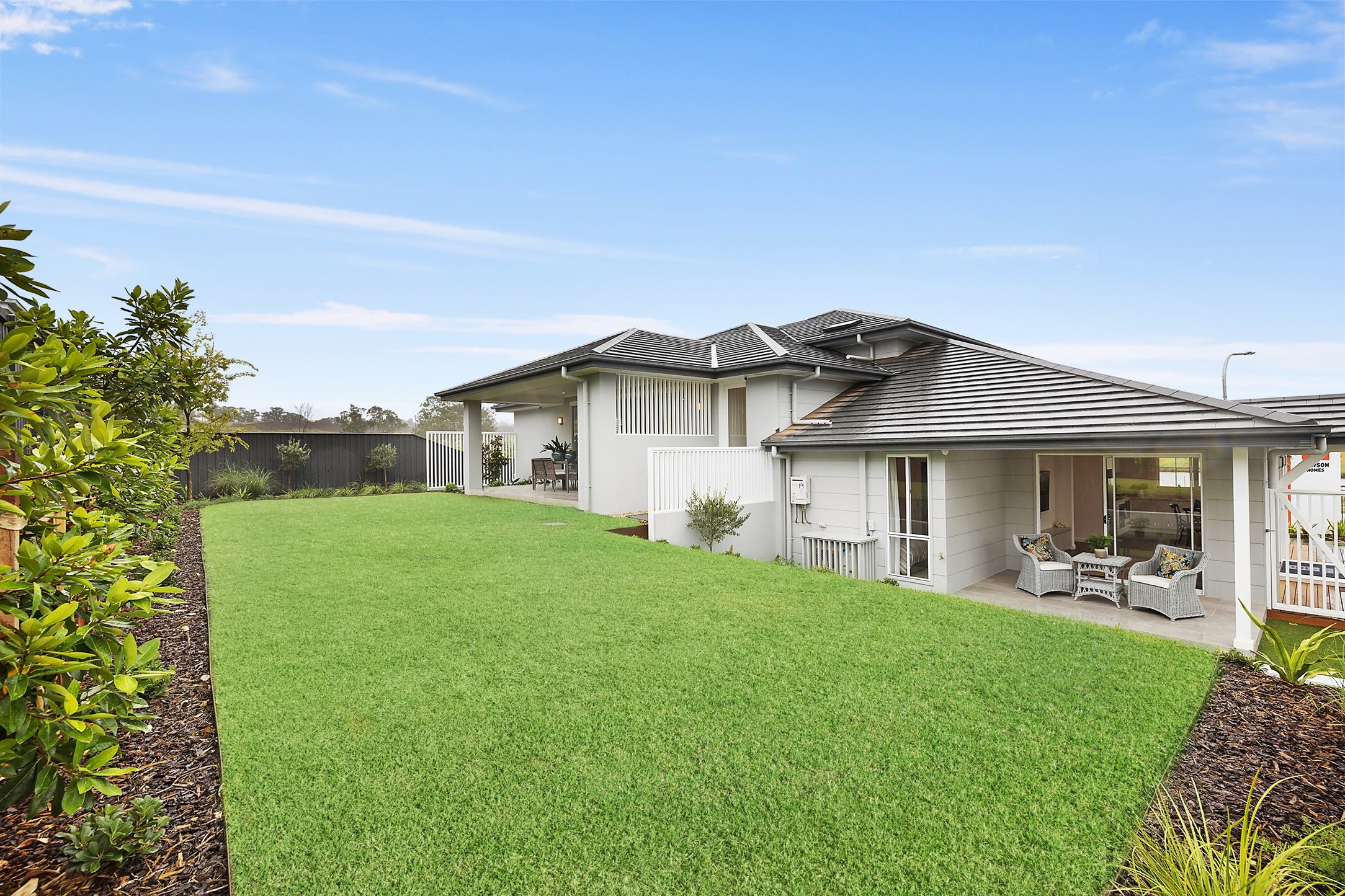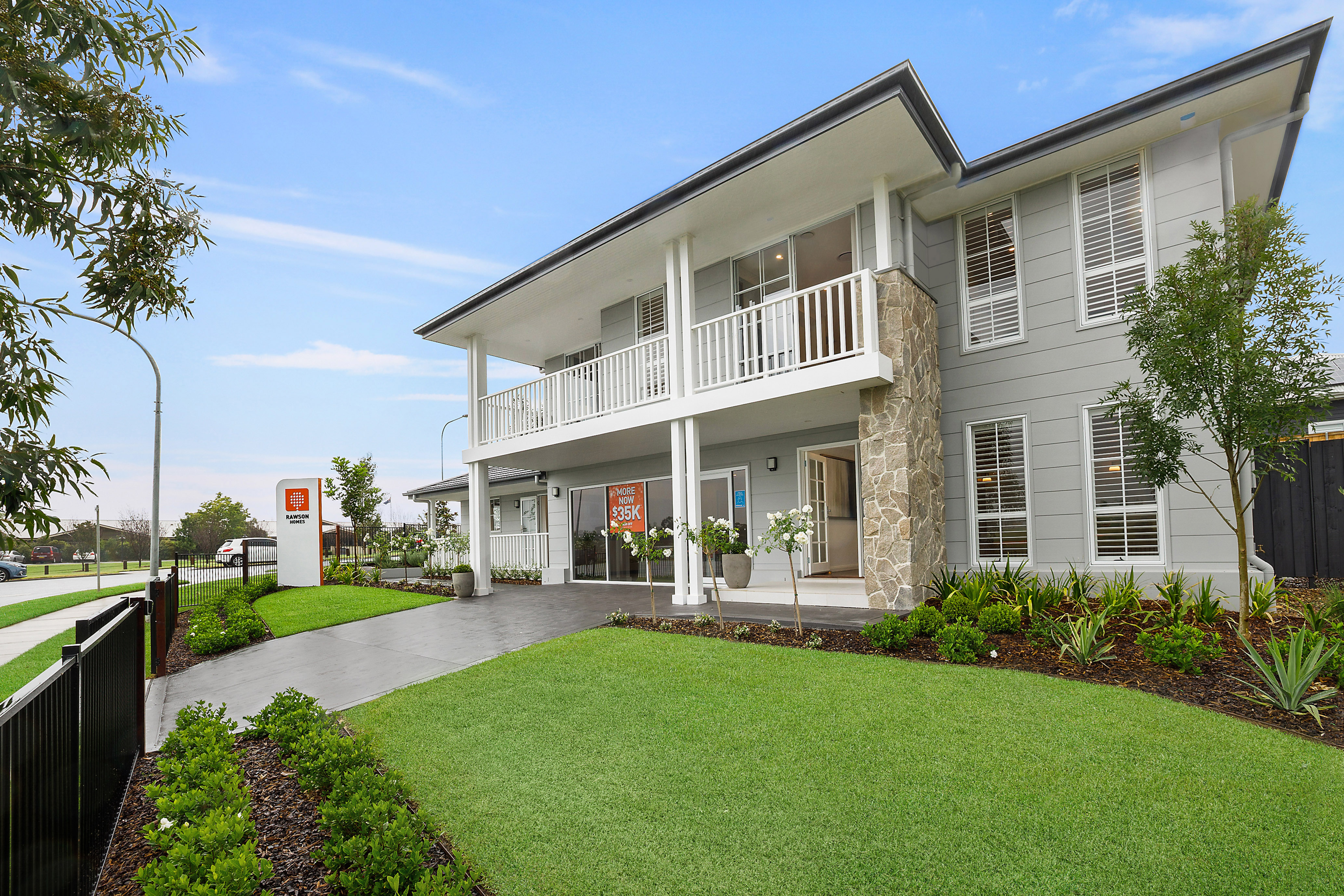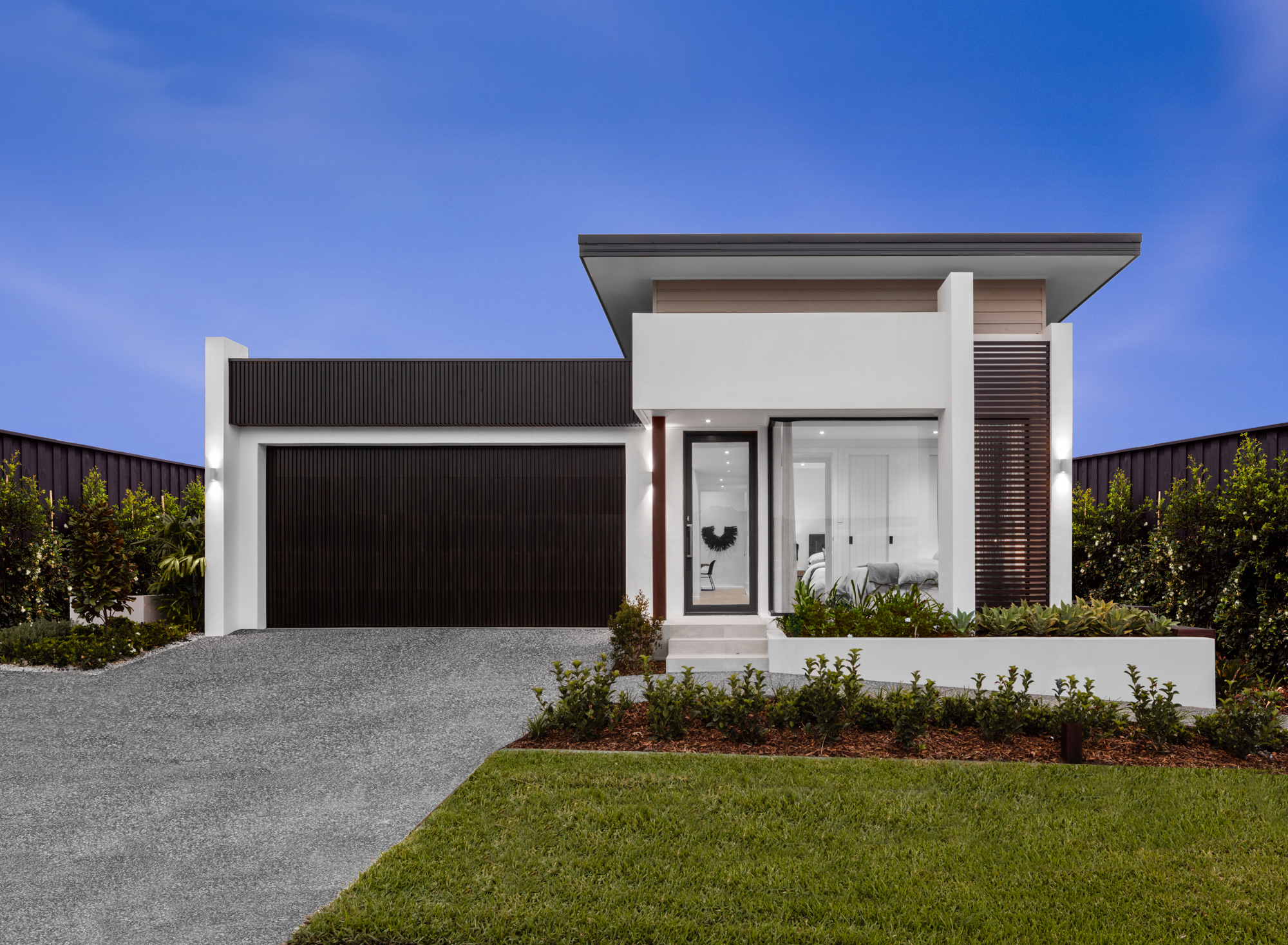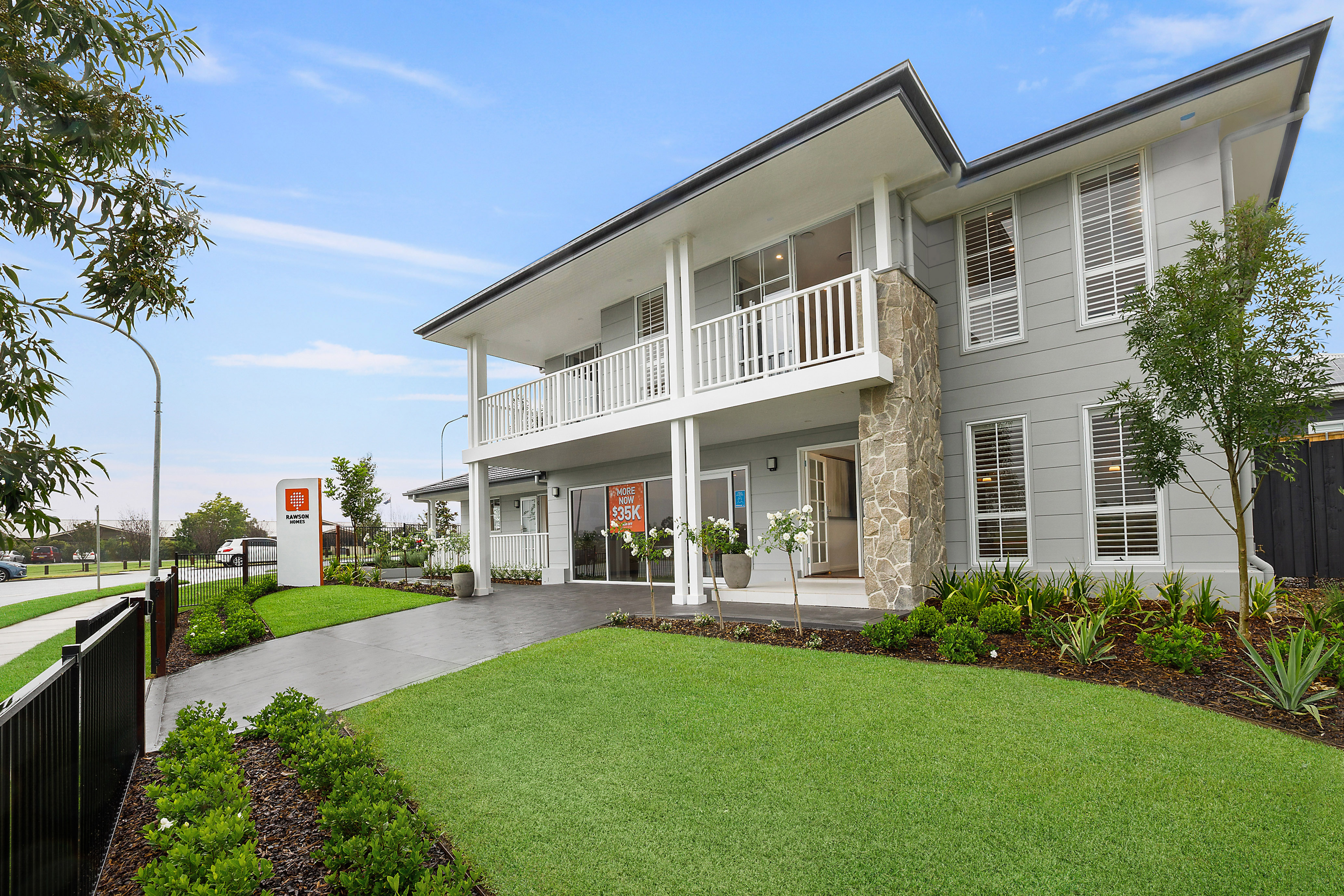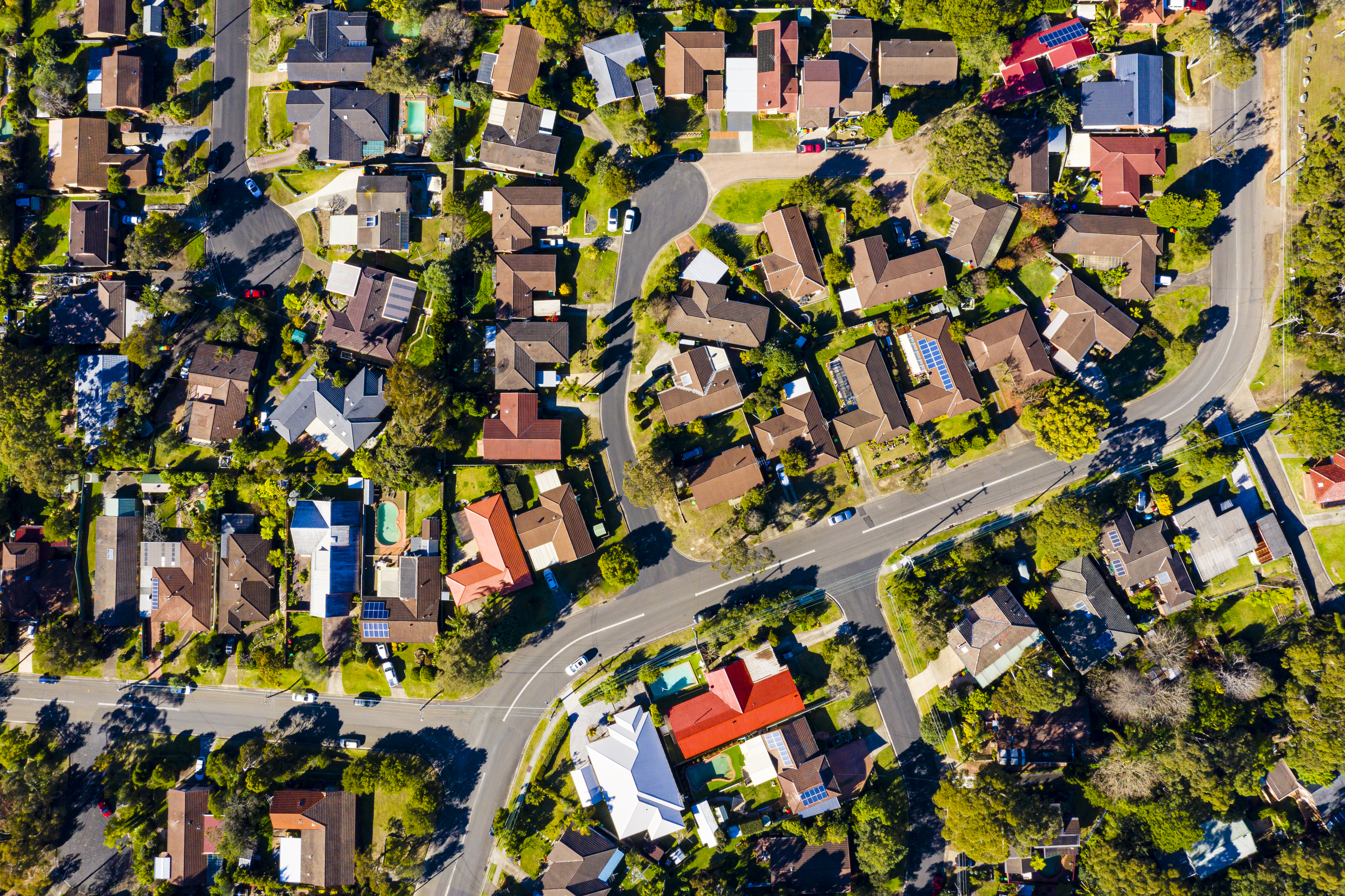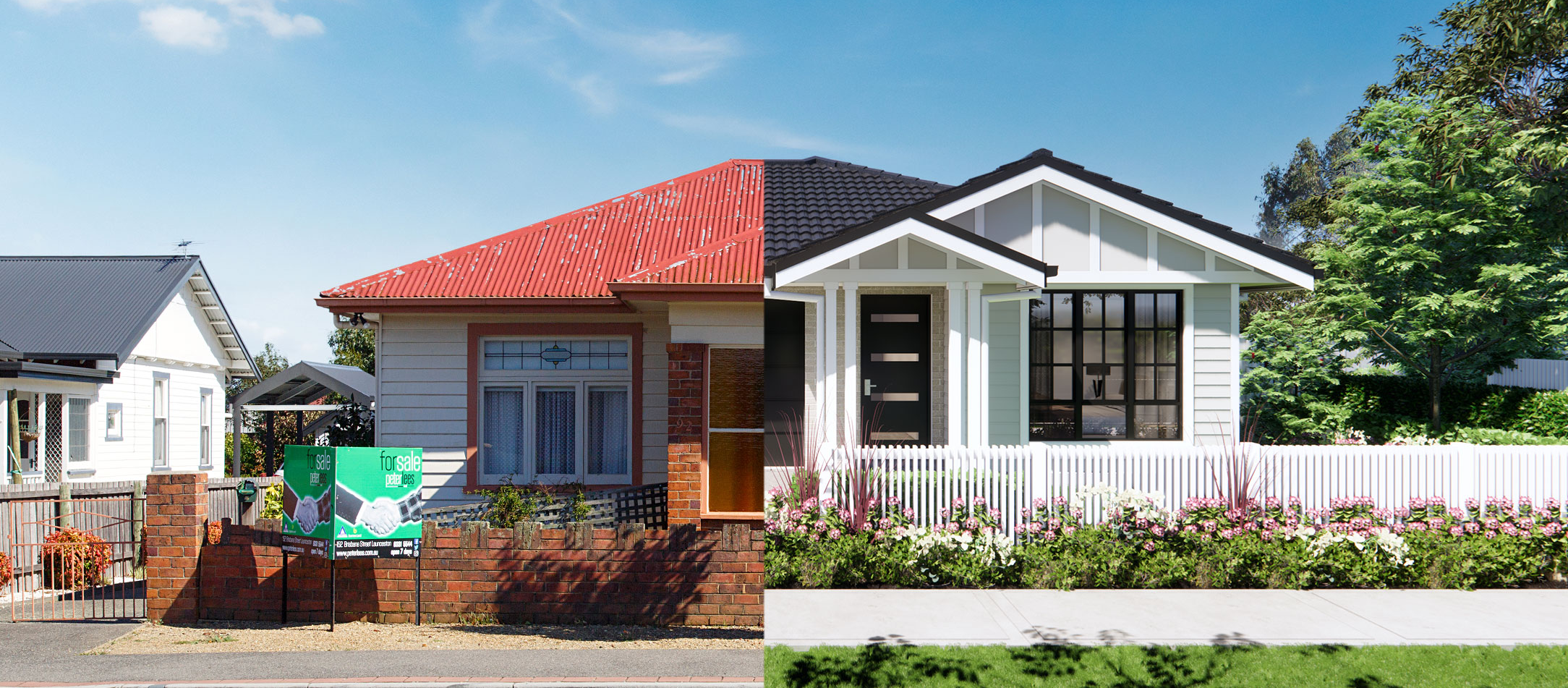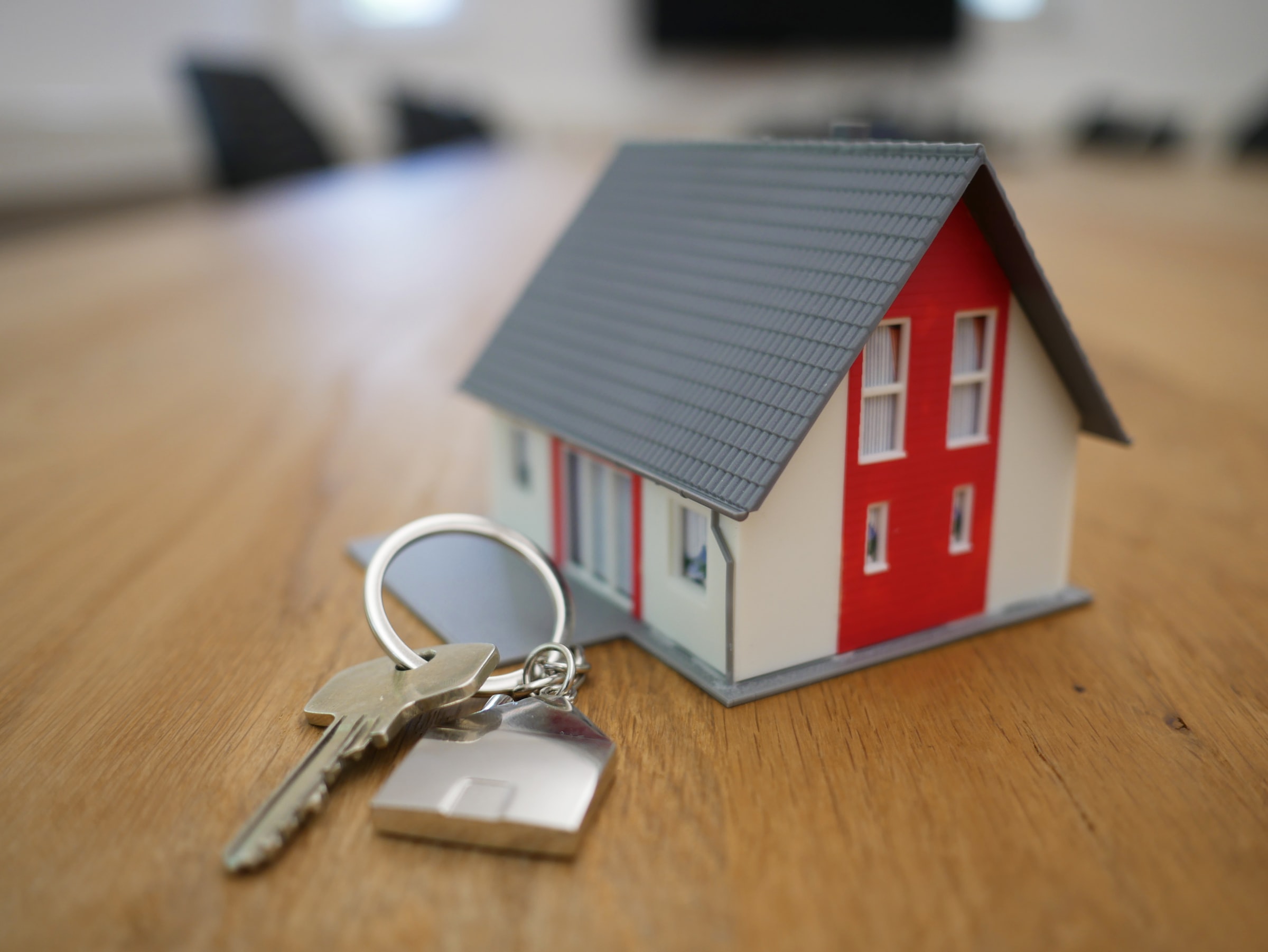Money talk
Unearthing site costs of building a new home
Building a home from the ground up means you’ll need to budget for some obvious (and not so obvious) expenses along the way. ‘Site costs’ is an umbrella term used to cover additional fees encountered as you prepare your block.
The size and terrain of your land are likely to be the biggest factors determining your ultimate site costs. According to hipages.com.au, site works vary from about $12,000 for a relatively flat surface, up to approximately $25,000 for a sloping block.
For uniquely shaped blocks, lots with difficult access, or land with a pre-existing structure, your sites costs could add up to even more. To avoid an unexpected budget blow out when building from scratch, be prepared for financial surprises even before you start shopping for your ideal block.
What to know before you buy
As a buyer, it’s reassuring to know exactly what you’re actually paying for. The ‘base price’ advertised by some builders might be attractive, but is often well below the final amount needed to finish a house. That’s why Rawson Homes's Better Price model is based on an all-inclusive tender amount so you can Build Confident without any costly surprises. Once your land is registered, and access is granted, the Rawson Homes team can develop your all-inclusive tender so you can get started on solid foundations.
Soil and contour tests
Some builders don’t automatically complete soil and contour testing at tender stage, but instead provide an estimate what it might cost. While soil tests analyse the moisture content, salinity and baring capacity of the ground, a contour survey maps the terrain so your builder knows what levels your home can be built at. Rawson Homes completes a full site investigation before providing a tender, because it’s the only way to design and price the foundations of your home accurately.
Site cutting and filling
Your builder should be the first to level with you that the greater the slope, the more it will cost to prepare your block. While many land developers will have levelled their lots in new estates, it’s not always the case. If excavators need to be brought in to cut (remove earth) or fill (add earth) then expenses will accumulate. Once the land is either cut or filled, your site then needs to be compacted so any air is removed from the earth.
Rocky ground and stumps
In a perfect world, your block would be made up of easily manageable soil, but it’s not always obvious what’s lying under the surface — especially with knockdown rebuild projects. Even land that has been previously assessed can get off to a rocky start or you could hit a tree stump along the way so have a little wriggle room in your budget for such eventualities.
Water works
Water. You can’t live without it, but you also don’t want poor drainage or a burst pipe raining on your parade halfway through a build. A site without the right water flow can cause headaches and cost money, so discuss with your builder whether all underground plumbing is mapped and ready to go before building works begin.
BASIX assessment
The NSW government requires new homes to comply with BASIX (also known as the Building Sustainability Index) regulations. The purpose is to improve the sustainability of our houses by meeting a number of energy and water reduction targets. Be sure your builder has sufficiently quoted for all the inclusions your home will need to pass BASIX.
Preparing the slab
It may be hiding under your house, but the slab is a vital part of your build. Slabs come in different classes (at varying prices) designed to match the type of soil on your block, so it’s important to get it right and know the cost from the outset. To ensure you’re on stable ground for years to come, the piers under a slab also need to be perfectly suited to your structure.
Bushfire and flood zones
When building in a bushy neighbourhood, or near a national park, your property may need a Bushfire Attack Level (BAL) rating, which measures the severity of exposure to bushfire damage. Homes in flood-prone areas need to be designed in a way so that even extreme weather conditions will not harm the property — or anyone in it. These exceptional requirements help protect your house if disaster strikes, but they also come with an extra price tag.
Driveways and landscaping
A home is not just about the house, but the whole package. Driveways, landscaping and retaining walls can often be left off tenders despite being important additions. Your block (and the finished look you want) will dictate the cost of your driveway and the surrounding landscaping. Not just an after thought, driveways must meet Australian Standards in terms of the type of material used and gradient. All these extras also add up so its worth discussing the price early on.
If you're ready to talk about building a new home and would like to discuss what comes next, get in touch with a Rawson Homes team member today or come and visit one of our display homes.
